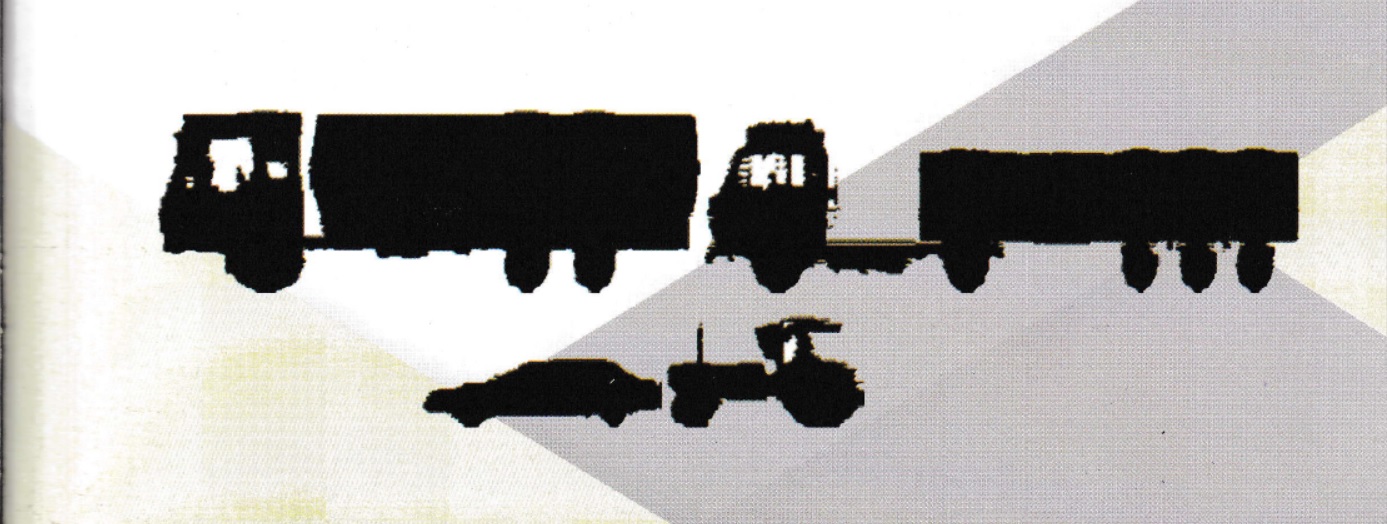
Technovaa Automatic Vehicle Classifiction Sysytem:
There are multiple methods of achieving classification of vehicles each with its own merits and demerits. Worldwide classification systems are based ground based magnetic loops, treadle based axle counters, infra red based vehicle profile generation and classification, over head laser based classification, and video based classification. While some are efficient in open road tolling framework, some are efficient in lane based tolling using toll plazas. Our choice of lnfrared based technology has been influenced by many factors, primarily achieving very high accuracy in classification, present auditing features to prevent fraud happening and overcome challenging situation in classification where vehicles were modified to increase them in length & height.
Introduction:
AVCC (Automatic Vehicle Classification and Counting) is an important application in the domain of road infrastructure. lt is used primarily for identifying vehicle types for toll determination, auditing to verify manual classification and road traffic pattern surveys.
To identify a vehicle type dynamica lly on the road or more typica lly on the toll booth, following parameters are used
- vehicle Height
- Vehicle Length
- Number of Axels
- Vehicle (Object) Detection pointfor profile
Technovaa Proposed Method For AVCC
Technovaa has developed a proprieta ry method for AVCC using laser sensors with technical specification of 3D Lidar
Laser Sensor
3D Lidar sensor or similar sensor provides a planar scanning Laser sensor. As per sensor capacity it provides the string value in both coordinates (Horizontally and vertically) the sensor continuously scans across max27O degrees in single plane. Technovaa AVCC using this sensor to keep scanning the vehicle across all the coordinates which is traces by the laser in the particular coordinates and then generate a profile telegram usingtime as a second dimension.
A significant advantage over sensor grid is that a single AVCC Laser sensor can be used to scan two lanes by placing the sensor between the lanes.
AVCC Profile Method
The solution generates a sidewise image of the passing vehicles and an image processing custom software then calculates the height and nu mber of axels f rom the image. The length is calculated using two additional reflective sensors to approximate the speed of the vehicle.
Integration With Toll System
Custom software provides easy integration with the toll management software using standard TCP-IP socket based communication. The toll managment software can send simple configuration commands to"the control software, which talks to the Laser sensor to get the vehicle data.
Whwn a vehicle completely passes through the sensor, and image is generate, height is calculated (in cm), number of axes calculated and the data is transmitted to the toll management software along with the name of the image file.
Advantage of the system
Installation
The sensor is very compact in size, and only require two cables - one for power and one for ethernet communication,there is no other installation requirment for generating high defination images.
Automatic Image Processiong
Technovaa Built custom software takes care of the post processing of the generated image to identify the height and no of axels within the software.
Compact Size Of the Image
The generate vehicle profile is of a size of few kilobytes , which can be directly stored within the databaseor transferred over the net.
Easy Integration
The custom software makes it easy to integrate the AVCC process with the toll management software,which may already in the place of toll booth.
